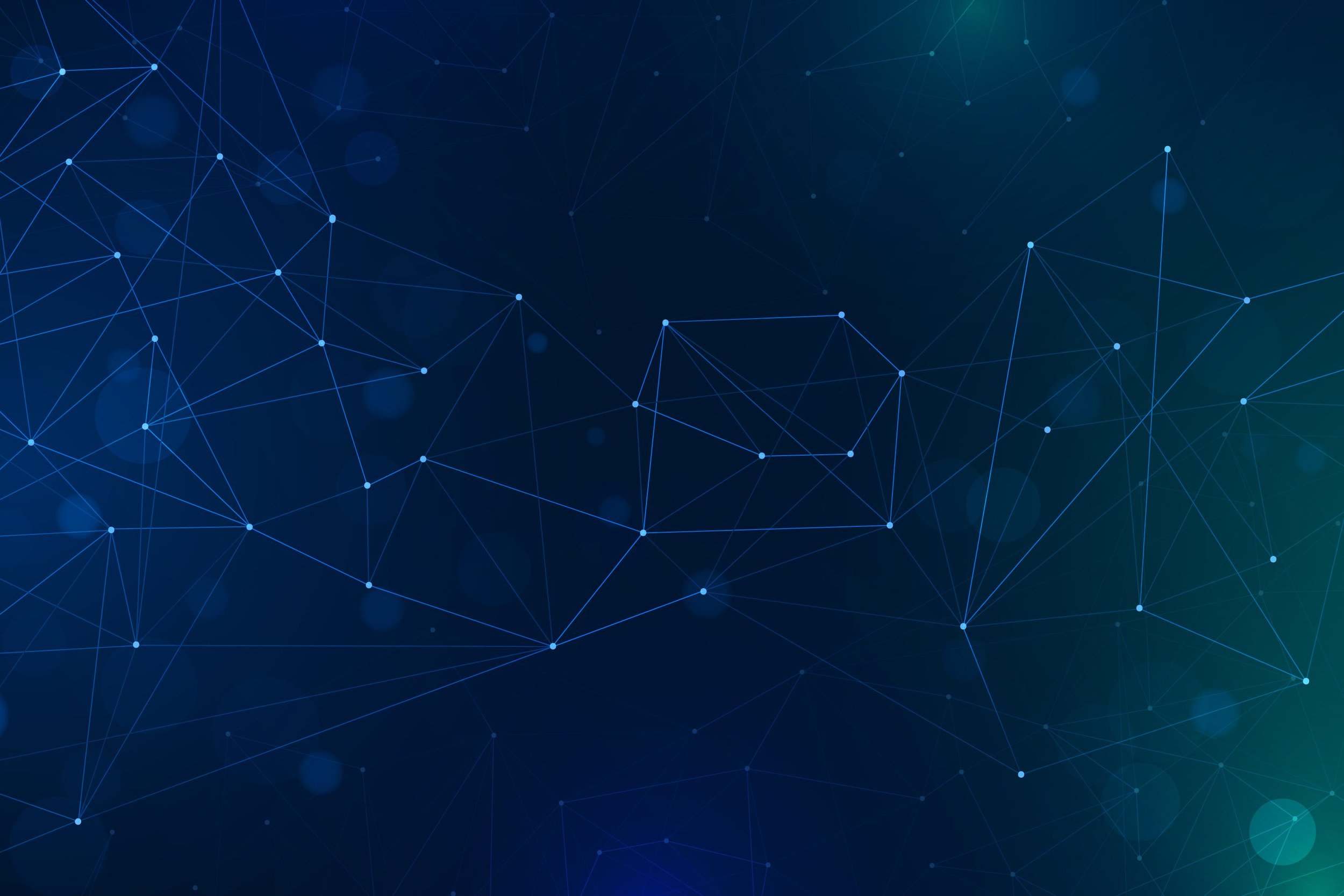
Our DevSecOps Services
-

CI/CD Security
Developers regularly integrate their code into a shared repository, which triggers automated tests and checks, including security tests, to identify issues early in the development cycle.
Security checks are performed during this phase to ensure that code changes meet security standards.
-

Automated Security Testing
DevSecOps emphasizes the use of automated security testing tools, such as static application security testing (SAST), dynamic application security testing (DAST), and software composition analysis (SCA), to identify vulnerabilities and security flaws in the code.
-

Container Security
While containers offer many benefits in terms of portability and efficiency, they also introduce unique security challenges that need to be addressed to ensure the safety of applications and data. We specialise in ensureing your container workflows are secure from the ground up to prevent threats and vulnerabilities
-

Security Training and Awareness
All team members receive security training to understand common threats, secure coding practices, and the importance of adhering to security policies. This includes training which helps to understand security concepts during the software development lifecycle.
DevSecOps Capabilities
As part of our main DevSecOps offerings, we also have services catered to ensure you’re incorporating security into every phase of the software development lifecycle with "security by design" and ensures that security is not an afterthought. This approach prevents vulnerabilities from being introduced and provides a strong foundation for creating robust, secure, and trustworthy software systems.
-
Sensitive information like passwords and API keys are managed securely using tools that protect secrets from unauthorized access.
-
DevSecOps addresses compliance requirements by incorporating security controls that align with industry regulations and standards.
-
DevSecOps teams analyze incidents and security events to learn from them and continuously improve security practices.
-
Security events and anomalies are continuously monitored, and logs are collected and analyzed to identify suspicious activities.
-
Container Isolation: Containers are isolated from each other and from the host system. This isolation helps prevent applications from interfering with each other and from accessing sensitive resources.
Image Security: Docker images serve as the blueprints for containers. Ensuring the security of base images and any additional software layers is crucial. Images should be scanned for known vulnerabilities and regularly updated with the latest security patches.
Image Hardening: Images should be built with only necessary software and dependencies, reducing the attack surface. Unneeded services and packages should be removed to minimize potential vulnerabilities.
Container Runtime Security: The container runtime, which manages the execution of containers, should be secured. Access controls, resource limits, and runtime protection mechanisms should be applied.
Network Segmentation: Containers communicate with each other and the external world through networks. Network segmentation practices, such as creating separate networks for different types of containers, can help prevent unauthorized access.
Access Controls: Docker containers should be run with the principle of least privilege. Limit the permissions and privileges granted to containers to only what they need to operate.
Secrets Management: Sensitive information, such as passwords and API keys, should be managed securely using secrets management tools. Avoid hardcoding secrets directly into images.
Vulnerability Scanning: Regularly scan Docker images for known vulnerabilities using vulnerability assessment tools. This helps identify and address potential security risks before deploying containers.
Runtime Monitoring: Implement monitoring and logging for containers to detect abnormal behavior or unauthorized access. Monitoring tools can help identify security incidents and support incident response.
Container Orchestration Security: If using container orchestration platforms like Kubernetes or Docker Swarm, ensure that security measures are applied to manage the deployment, scaling, and monitoring of containers.
Container Registry Security: Secure the container registry where images are stored. Use authentication and authorization controls to restrict access to authorized users.
Update Management: Regularly update container images and runtime environments with the latest security patches. Monitor for new vulnerabilities that may affect deployed containers.
Runtime Protection: Use runtime protection tools that can monitor containers in real time for suspicious activities and potential intrusions.
Compliance and Auditing: Ensure that your Docker container environment adheres to relevant security standards and compliance regulations. Regular audits can help validate security practices.
-
DevSecOps tools are designed to support the integration of security practices into the software development and operations processes. These tools help automate security tasks, detect vulnerabilities, and ensure that security is an integral part of the entire development lifecycle.

